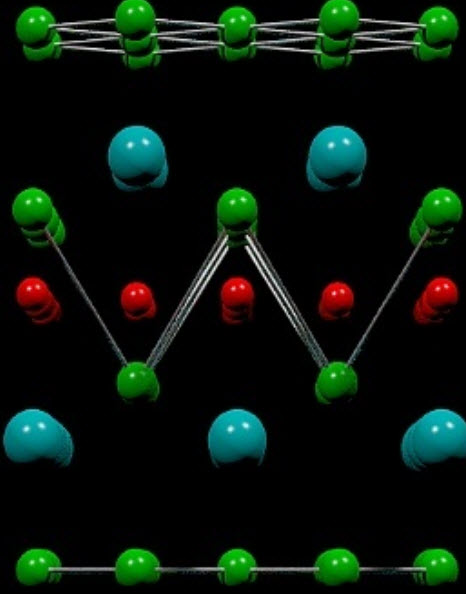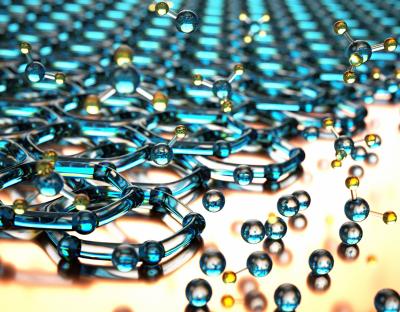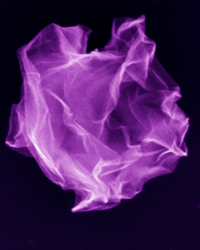Three new developments in creating better graphene
October 18, 2011
Here are three new promising research developments in enhancing graphene — the thinnest and strongest material in the world (more than 100 times stronger than diamond). Graphene’s properties make it ideal for advancements in green electronics, superconductors, super-strong materials, flexible screens and electronic devices, ultra-efficient solar power cells, and computers with 1,000 GHz processors that run on virtually no energy.
| Grow it in large sheets
UC Santa Barbara researchers have discovered how to use low-pressure chemical vapor deposition (LPCVD) while preserving high conductivity (allows for high current). How: Disintegrate methane at a specific high temperature to build uniform layers of carbon (as graphene) on a pretreated copper substrate. Uses: “Intel has a keen interest in graphene due to many possibilities it holds for the next generation of energy-efficient computing, but there are many roadblocks along the way,” says Intel Fellow, Shekhar Borkar. “The scalable synthesis technique developed by Professor Banerjee’s group at UCSB is an important step forward.” Ref.: Kaustav Banerjee, et al., Carbon, November 2011; (in press) [DOI: 10.1021/nn203115u] |
|
| Crumple it up
Researchers at Northwestern University have developed a new form of graphene inspired by a trash can full of crumpled-up papers. How: Create freely suspended water droplets containing graphene-based sheets, then use a carrier gas to blow the aerosol droplets through a furnace. As the water quickly evaporates, the thin sheets are compressed by capillary force into near-spherical particles, eliminating Van der Waals attraction and stopping them from sticking together (by reducing surface area). Uses: The rigid crumpled graphene balls are remarkably stable against mechanical deformation — and ideal for energy storage and energy conversion. Ref.: Jiayan Luo, et al., Compression and Aggregation-resistant Particles of Crumpled Soft Sheets, ACS Nano, 2011 [link] |
|
| Simulate it Helmholtz-Zentrum Dresden-Rossendorf (HZDR) has developed a material with physical properties similar to graphene, but can be doped with foreign atoms. It resembles iron pnictides (used for high-temperature superconductors), How: Combine strontium, manganese, and bismuth to form SrMnBi2. Uses: New magnets and superconductors. Ref.: Joonbum Park, et al., Anisotropic Dirac Fermions in a Bi Square Net of SrMnBi2, Physical Review Letters, 2011 [DOI: 10.1103/PhysRevLett.107.126402] |
 Bismuth, strontium, manganese (credit: Marc Uhlarz/HZDR) |

